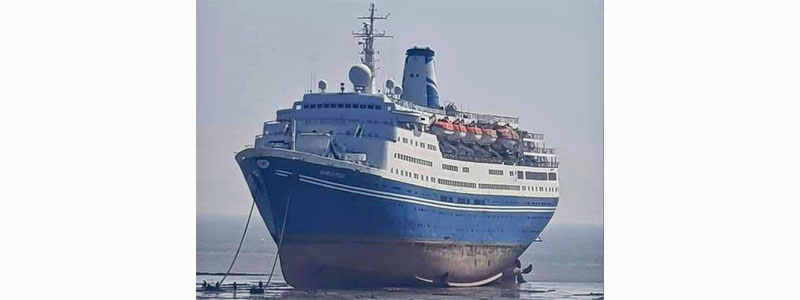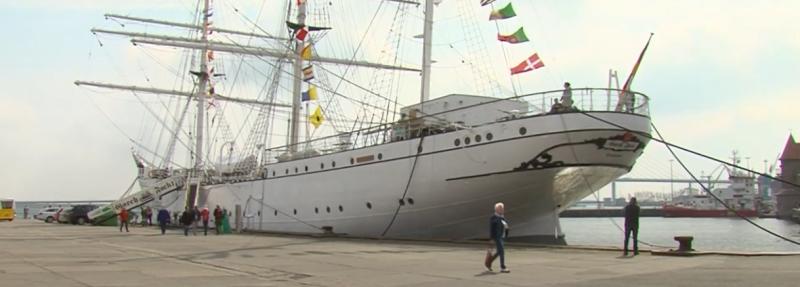 The German Navy sail training ship Gorch Fock is finally back in the water after a lengthy repair/rebuilding, plagued by scandal and extraordinary cost overruns. Delivered in 1958, she is a near-sister vessel of the original ship of the same name commissioned in 1933. The ship is often referred to unofficially as the Gorch Fock II to distinguish her from her older sister ship.
The German Navy sail training ship Gorch Fock is finally back in the water after a lengthy repair/rebuilding, plagued by scandal and extraordinary cost overruns. Delivered in 1958, she is a near-sister vessel of the original ship of the same name commissioned in 1933. The ship is often referred to unofficially as the Gorch Fock II to distinguish her from her older sister ship.
Depending on who you ask the training ship is either the “pride of the German Navy” or an ongoing embarrassment. The Berlin Spectator took the later view when it noted that “replacing the second ‘o’ in ‘Gorch Fock’ with a ‘u’ will show what many Germans think of the scandals surrounding the vessel.”

 Two offshore wind energy projects off the US Northeast coast have received new approvals from regulators.
Two offshore wind energy projects off the US Northeast coast have received new approvals from regulators. An update to
An update to 
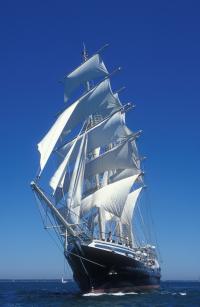 The
The 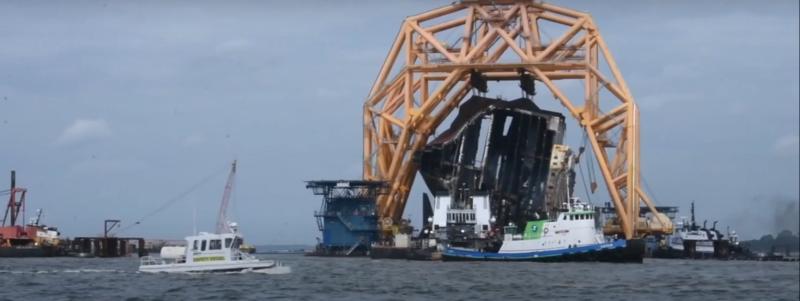
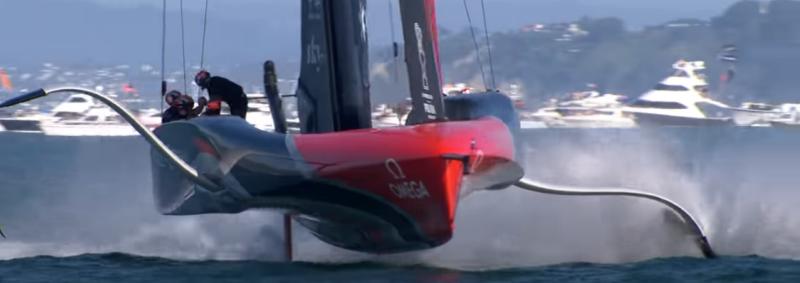
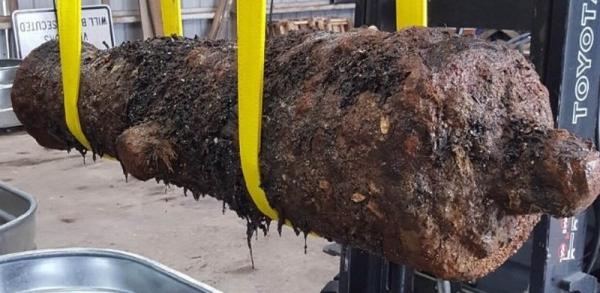 While preparing to
While preparing to 
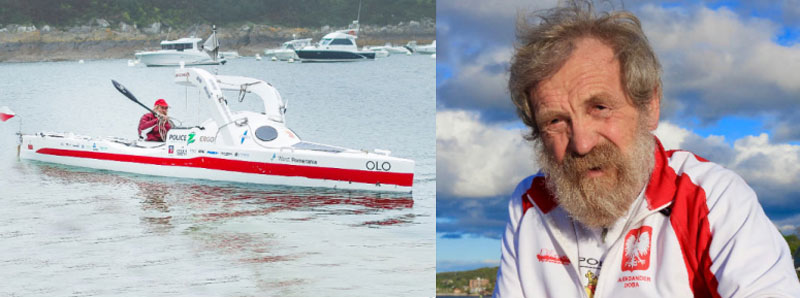
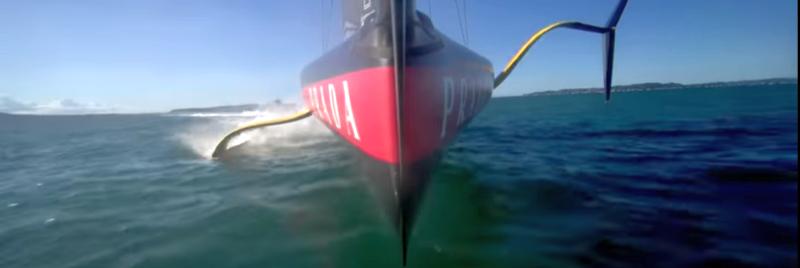 After a tie in the first two
After a tie in the first two  The
The 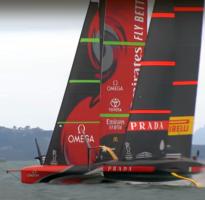 On the first day of the final races in Aukland, NZ, of the 36th sailing of the
On the first day of the final races in Aukland, NZ, of the 36th sailing of the 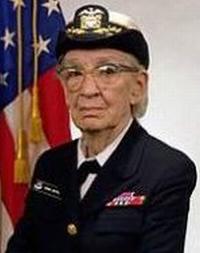 One day after the observance of
One day after the observance of 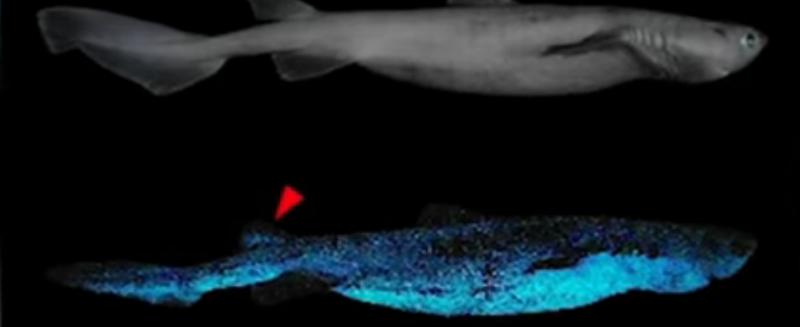 Researchers have photographed a large bioluminescent shark in deep water off New Zealand. The
Researchers have photographed a large bioluminescent shark in deep water off New Zealand. The  David Morris was taking a walk along the coast near Falmouth, Cornwall, in the UK, when he saw what looked to be a large tanker hovering in the air above the horizon. He documented what he witnessed with several photographs. Apparently, Mr. Morris saw a “superior mirage” also known as a
David Morris was taking a walk along the coast near Falmouth, Cornwall, in the UK, when he saw what looked to be a large tanker hovering in the air above the horizon. He documented what he witnessed with several photographs. Apparently, Mr. Morris saw a “superior mirage” also known as a  The 9th sailing of the
The 9th sailing of the 